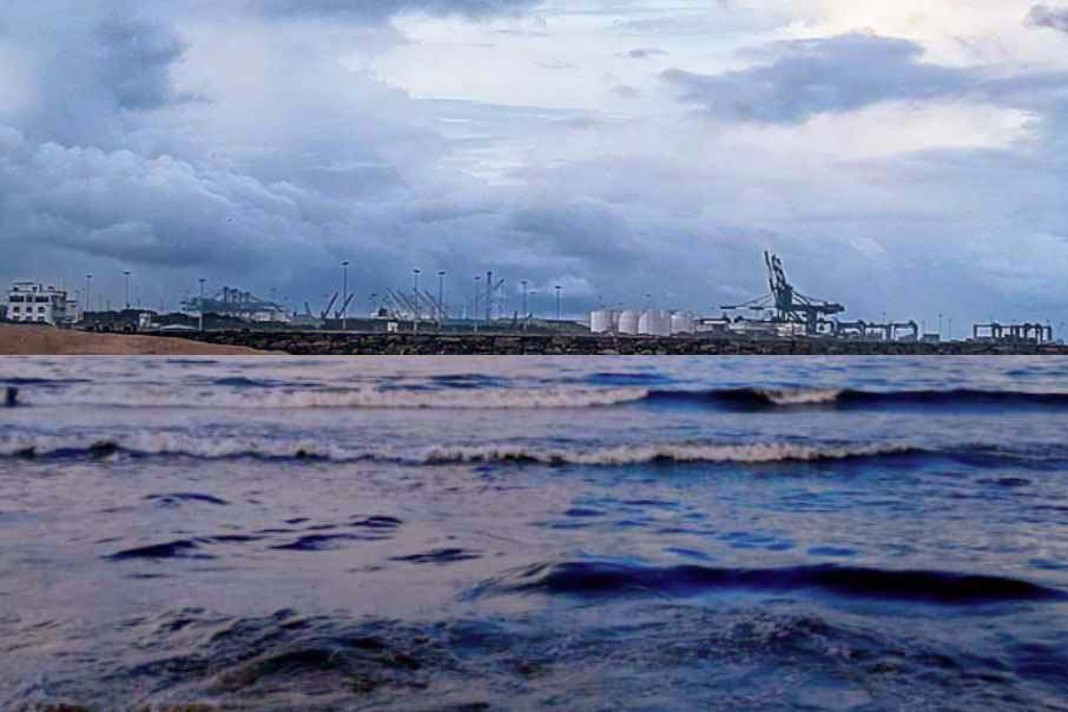-
Tariffs remain unpredictable, but US consumers are still spending, giving hope for a stronger 2026 restocking cycle.
-
A possible Red Sea return could start as early as December, creating vessel bunching and short-term rate swings.
-
Overcapacity continues to pressure rates, with West Coast prices dropping 32%, while air cargo demand stays strong.
As AJOT reported, the global freight market is in a sensitive transition phase, influenced by tariffs, shifting trade patterns, and the expected return of ships to the Red Sea route. Despite ongoing uncertainty, consumer spending and inventory cycles hint at a more stable outlook heading into 2026.
Tariff Crosswinds but Steady Consumers
The tariff outlook has become more predictable, but risks remain. Recent China–Japan tensions and a pending US Supreme Court ruling on IEEPA-based tariffs could create new disruptions.
Even then, US shoppers continue to buy despite higher prices, and front-loaded inventories are slowly being reduced. If this trend continues, analysts expect a 2026 restocking cycle, which could drive freight demand higher than many forecasts anticipate.
Red Sea Return Likely Soon
A growing focus in the industry is the potential return of container traffic to the Red Sea route.
With the current Israel–Hamas ceasefire holding, carriers like ZIM and CMA CGM are signalling a possible comeback as early as December.
A return through the Suez Canal would shorten voyages by 7–10 days, but it also means vessel bunching when ships arrive earlier than expected. This could strain Europe’s congested hubs and temporarily lift rates on affected lanes. Carriers prefer a slow, controlled phase-in using smaller vessels but customer pressure may force a faster switch.
A sudden return would release more than 2 million TEU of capacity back into the market, increasing downward pressure on rates.
Rates Pressured by Overcapacity
The latest numbers show how overcapacity is shaping the market:
• Asia–US West Coast: $1,903/FEU, down 32%
• Asia–US East Coast: $3,443/FEU, down 8%
• Asia–N. Europe: $2,457/FEU, down 1%
• Asia–Mediterranean: $2,998/FEU, up 6%
Transpacific GRIs have already faded, with rates returning to levels seen in early October. Europe and Mediterranean prices remain firm — about 40% higher than October — supported by blank sailings and carrier discipline. The trade war has pushed more demand toward Southeast Asia, keeping rates elevated.
Did you subscribe to our daily Newsletter?
It’s Free — Click here to Subscribe!
Source: AJOT

















